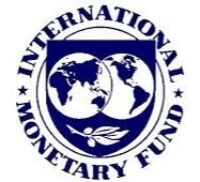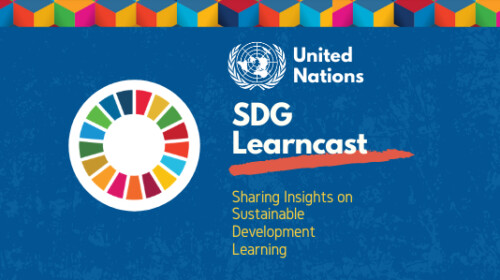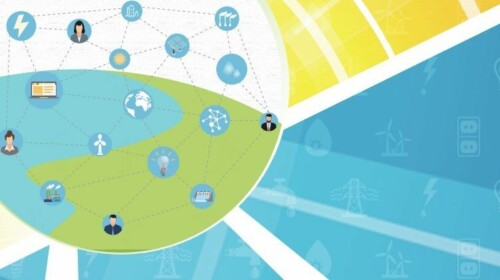This online course, presented jointly by the Institute for Capacity Development and the Fiscal Affairs, Middle East and Central Asia, and Asia and Pacific Departments, builds on extensive cross-country analysis and hands-on experience in design of technical assistance and subsidy reform to make recommendations on how best to reduce energy subsidies.The course introduces the concept of energy subsidies – their definition and measurement – and reviews their economic, social, and environmental implications. It also presents toolkits to assess the distributional effects of alternative subsidy reform scenarios and to design a fuel pricing mechanism. Finally, the course reviews what works best in energy subsidy reform and illustrates successes and failures in terms of particular countries.
Target Audience
All government officials are welcome to register. Officials in finance, economy, and planning ministries who provide advice on macroeconomic policies or implement policy will find the course particularly beneficial. The course is offered in English and Arabic.
Learning Objectives
Upon completion of this course, participants should be able to:
- Explain the concept of energy subsidies and estimate pre- and post-tax subsidies.
- Define corrective energy taxes and explain how to calculate them.
- Describe the economic, social, and environmental impact of energy subsidies.
- Explain how to design robust subsidy reform strategies.
- Design policy responses to mitigate the effects of subsidy reform on inflation and on household welfare.
- Use an Excel-based toolkit to assess the effects of alternative energy subsidy reform scenarios on households in different income groups.
- Design effective fuel pricing mechanisms to mitigate fuel price volatility.








